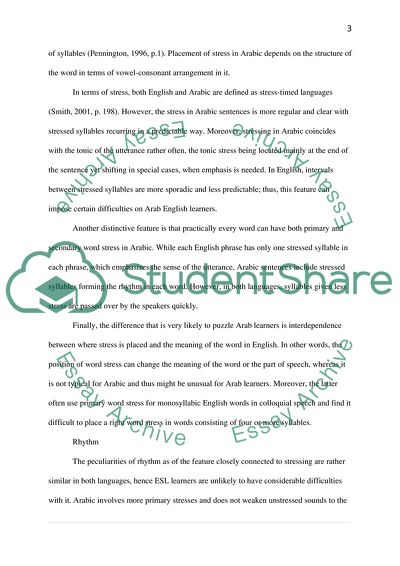Cite this document
(ESL for Arabic Students Assignment Example | Topics and Well Written Essays - 2000 words, n.d.)
ESL for Arabic Students Assignment Example | Topics and Well Written Essays - 2000 words. https://studentshare.org/education/1869476-phonology
ESL for Arabic Students Assignment Example | Topics and Well Written Essays - 2000 words. https://studentshare.org/education/1869476-phonology
(ESL for Arabic Students Assignment Example | Topics and Well Written Essays - 2000 Words)
ESL for Arabic Students Assignment Example | Topics and Well Written Essays - 2000 Words. https://studentshare.org/education/1869476-phonology.
ESL for Arabic Students Assignment Example | Topics and Well Written Essays - 2000 Words. https://studentshare.org/education/1869476-phonology.
“ESL for Arabic Students Assignment Example | Topics and Well Written Essays - 2000 Words”. https://studentshare.org/education/1869476-phonology.


